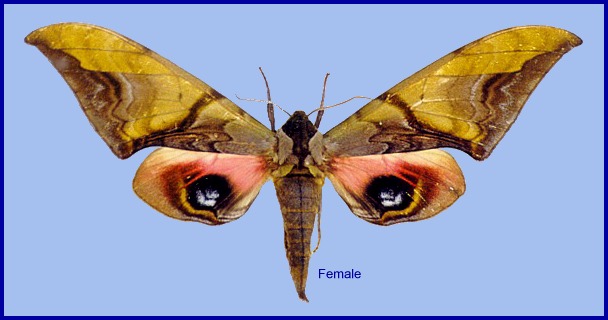
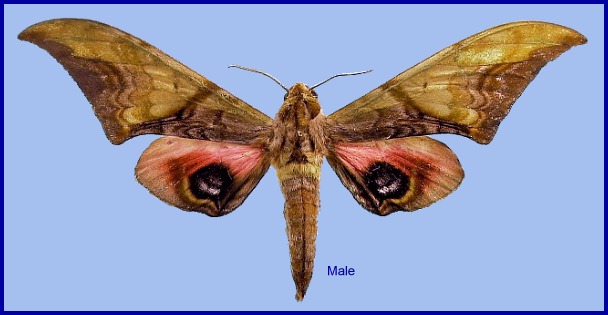
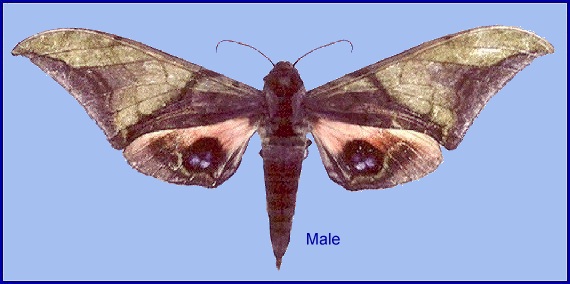
Ambulyx junonia Butler, 1881, Illustr. typ. Spec. Lepid. Heterocera Brit. Mus. 5: 9. Type locality: Bhotan [Bhutan].
Synonym. Ambulyx junonia Butler, 1881.
Synonym. Callambulyx junonia angusta Clark, 1935.
Synonym. Callambulyx junonia chinensis Clark, 1938, Proc. New Engl. zool. Club 17: 42. Type locality: China (SW), Szechuan Province [Sichuan], Mt Omei [Emei Shan], 9000'.
Synonym. Callambulyx orbita Chu & Wang, 1980, Acta zootaxon. sin. 5: 419. Type locality: China, Yunnan, Lijiang, 3900m.
Wingspan: 104mm. Differs from Callambulyx rubricosa rubricosa in having no white shaft to, or band between, the antennae. Forewing with the ante- and postmedian lines obsolete; the whole inner area purplish-grey; a large purplish-grey patch on outer margin, the outline between it and the green at apex irregular. Hindwing with a green line traversing the crimson beyond the cell; a large dark eyespot centred with grey below lower angle of cell; outer and inner areas brown. Underside greenish-yellow, some crimson on disc of forewing; the markings brown. The forewings of freshly emerged individuals are flushed with various shades of jade green. Unfortunately, these tend to fade to yellowish-brown or even grey in older/dried specimens.
In the male genitalia, uncus in form of an inverted fish tail with apex excavated so forming a forked structure, sides concave and base about as broad as apex. Valva narrow apically; harpe with a pointed hook distally and several teeth more proximally.
Callambulyx junonia can be distinguished from the other members of the genus by the presence of a complete eyespot on the hindwing upperside.
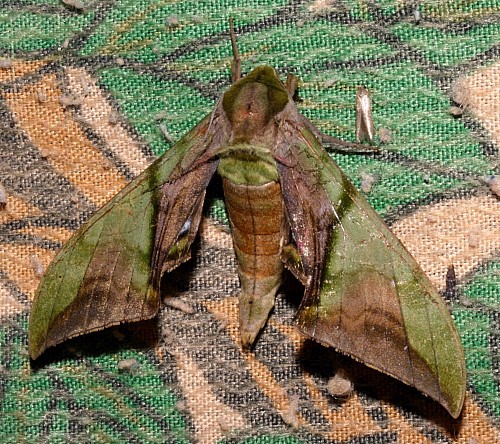
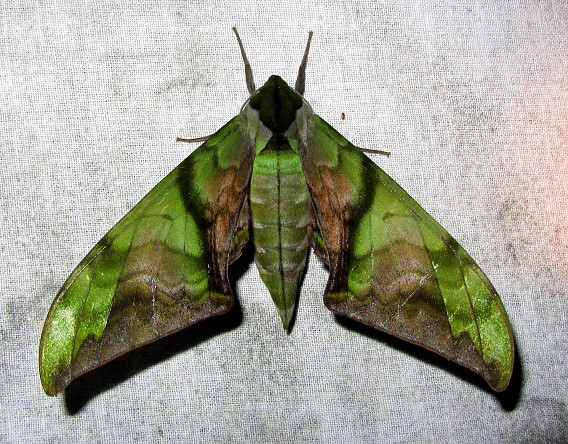
China: 26.iv (Tengchong); 30.iv-1.v (Lushui); v (Honghe; Zhaotong); 10.vi (Emei Shan); 16-21.vi (Taibai Shan); 18.vii (Tongren); 28.vi-25.vii (Lijiang; Dabaoshan); 29.vii (Hefeng).
OVUM: Unknown.
LARVA: Unknown.
PUPA: Unknown.
Larval hostplants. Unknown.
Unknown.
China: Shaanxi (Taibai Shan, 1500m; Qinling, Daguping); Hubei (Hefeng, 1240m; Bazhuyuan); Sichuan (Emei Shan, 2700m; 70km W Chengdu; Maipu; Mianyang, Pingwu County; Xiling Xueshan Dafeishui Scenic Area); Yunnan (Lijiang, 3900m; Lushui, 2240m; Tengchong, 1750m; Gaoligong Shan; Honghe; Dabaoshan, Huaping; Tiger Leaping Gorge, nr. Lijiang; Zhaotong); Guizhou (Tongren); Hunan (Xiangxi Prefecture); Hainan.
Confirmed from only a small number of highly disjunct localities, generally at high altitude.
Bhutan (Irungbam & Irungbam, 2019), northeastern India (Nagaland (Chakraborty, Chakraborty, Biswas, Chakraborty & Deb, 2024)); Arunachal Pradesh; Manipur (Irungbam & Fric, 2021)), southern China and northern Vietnam (Sa Pa mountains, 2400m).
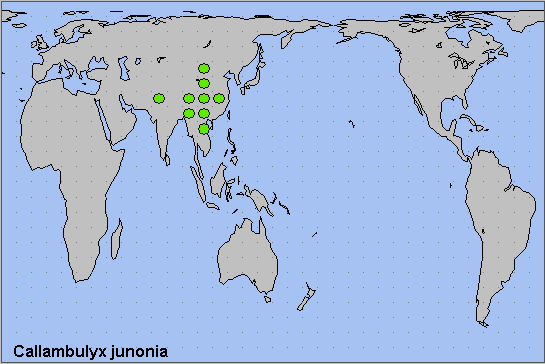
Holarctic; eastern Palaearctic region. Pleistocene refuge: Monocentric -- Yunnan refugium.
 Return to Sphingidae of the Eastern Palaearctic species list
Return to Sphingidae of the Eastern Palaearctic species list